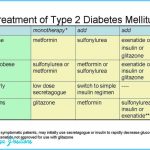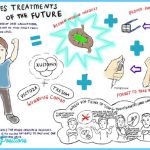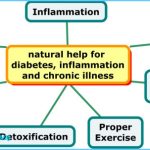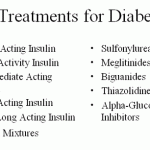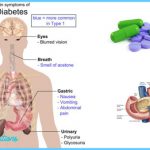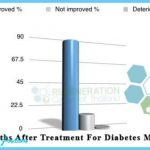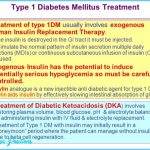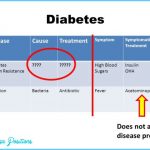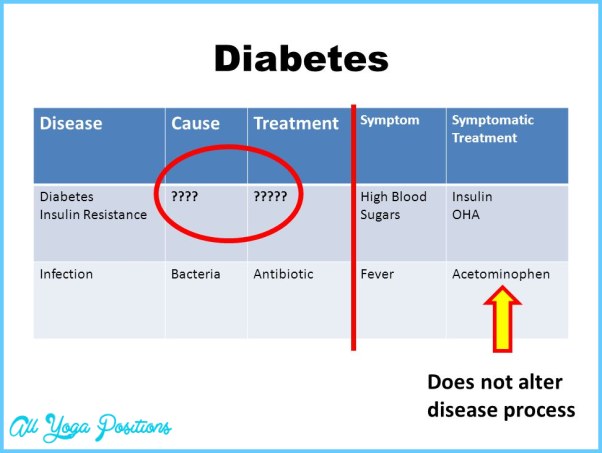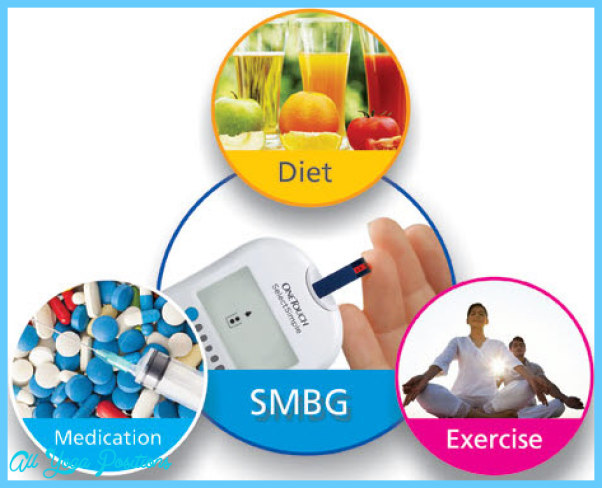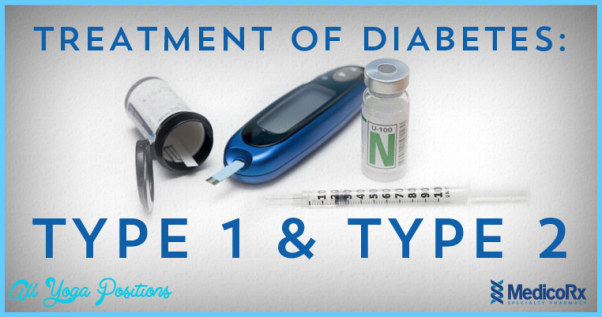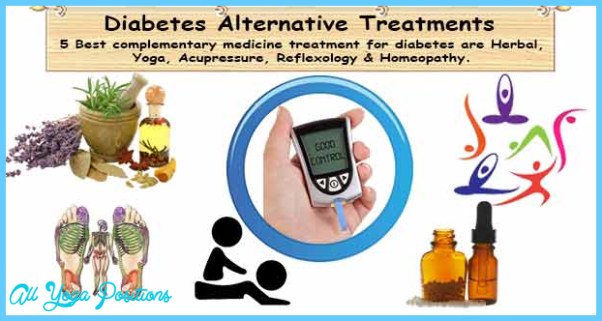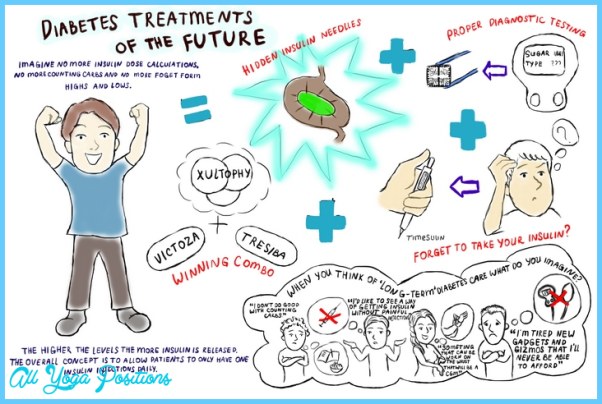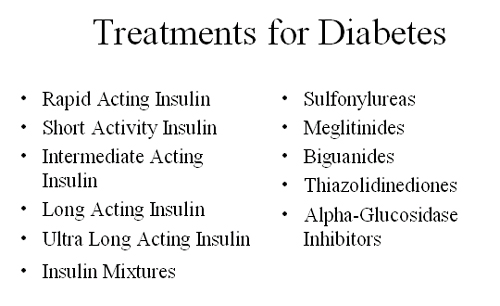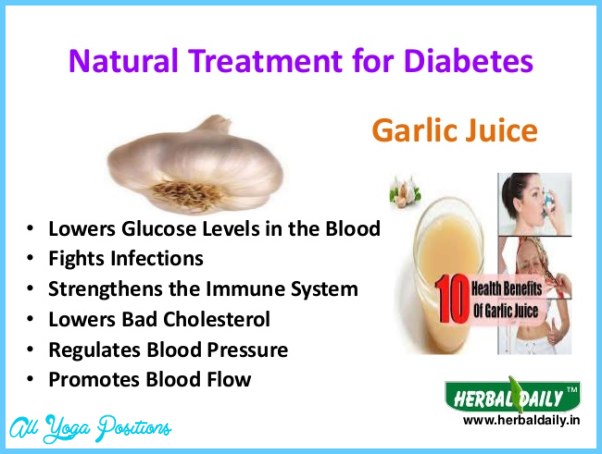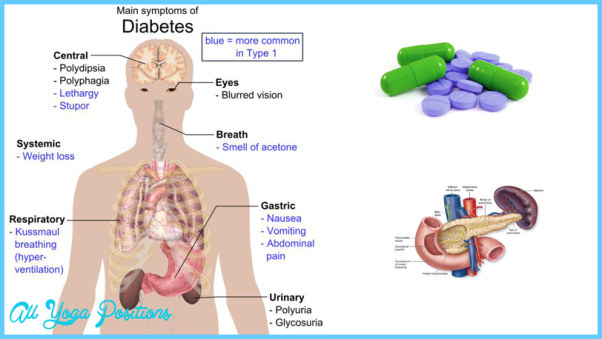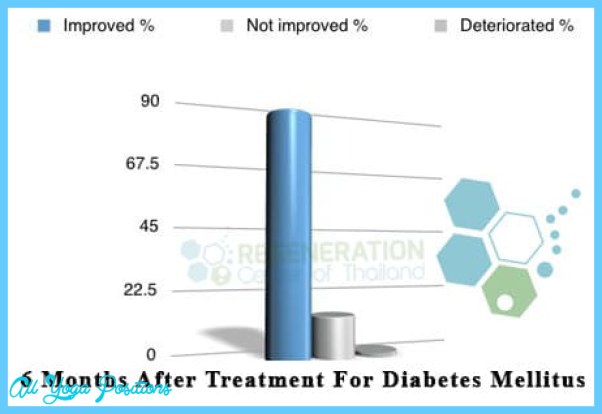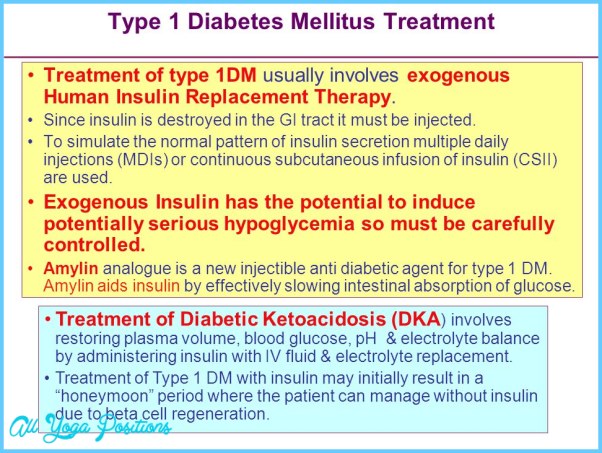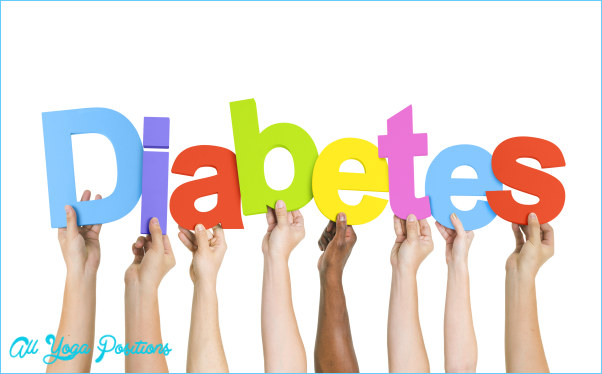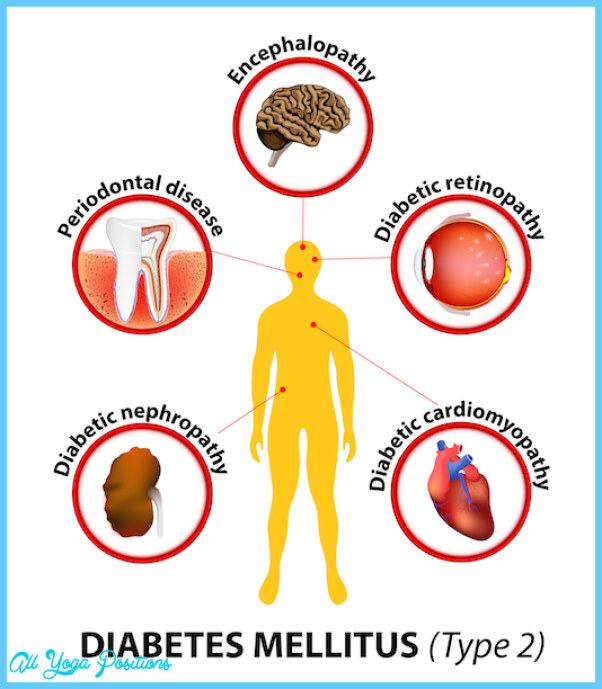Treatment of Diabetes
There is no cure for diabetes, but it can be managed successfully by keeping blood sugar levels within safe limits through diet, exercise, and, if necessary, medication. Blood sugar levels can be monitored using a home test, and close control of glucose levels can significantly reduce the rate of serious complications.
Nearly 90% of people with type 2 diabetes are overweight when diagnosed, including 55% who are obese. An important step in treatment is to lose weight. Even a small amount of exercise and weight loss can be beneficial. Regular exercise and a healthy diet are often sufficient to control type 2 diabetes.
Prevention
It is estimated that 90% of cases of type 2 diabetes could be prevented if people adopted healthy lifestyle behaviors, including regular physical activity, a moderate diet, and modest weight loss. For people with prediabetes, lifestyle measures are more effective than medication for delaying or preventing the development of diabetes. Studies of people with prediabetes show that a 5-7% weight loss can lower diabetes onset by nearly 60%. Exercise (endurance and/or strength training) makes
cells more sensitive to insulin and helps stabilize blood glucose levels; it also helps keep body fat at healthy levels.
A moderate diet to control body fat is perhaps the most important dietary recommendation for the prevention of diabetes. However, the composition of the diet may also be important. Studies have linked diets low in fiber and high in sugar, refined carbohydrates, saturated fat, red meat, and high-fat dairy products to increased risk of diabetes; diets rich in whole grains, fruits, vegetables, legumes, fish, and poultry may be protective. Specific foods linked to higher diabetes risk include soft drinks, white bread, white rice, French fries, processed meats, and sugary desserts.
Treatment of Diabetes Photo Gallery
Warning Signs and Testing
Be alert for the warning signs of diabetes:
• Frequent urination
• Extreme hunger or thirst
• Unexplained weight loss
• Extreme fatigue
• Blurred vision
• Frequent infections
• Cuts and bruises that are slow to heal
• Tingling or numbness in the hands or feet
• Generalized itching with no rash
The best way to avoid complications is to recognize these symptoms and get early diagnosis and treatment. Type 2 diabetes is often asymptomatic in the early stages, however, and major health organizations now recommend routine screening for people over age 45 and anyone younger who is at high risk, including those who are obese.
Screening involves a blood test to check glucose levels after either a period of fasting or the administration of a set dose of glucose. A fasting glucose level of 126 mg/dl or higher indicates diabetes; a level of 100-125 mg/dl indicates prediabetes. If you are concerned about your risk for diabetes, talk with your physician about being tested.

